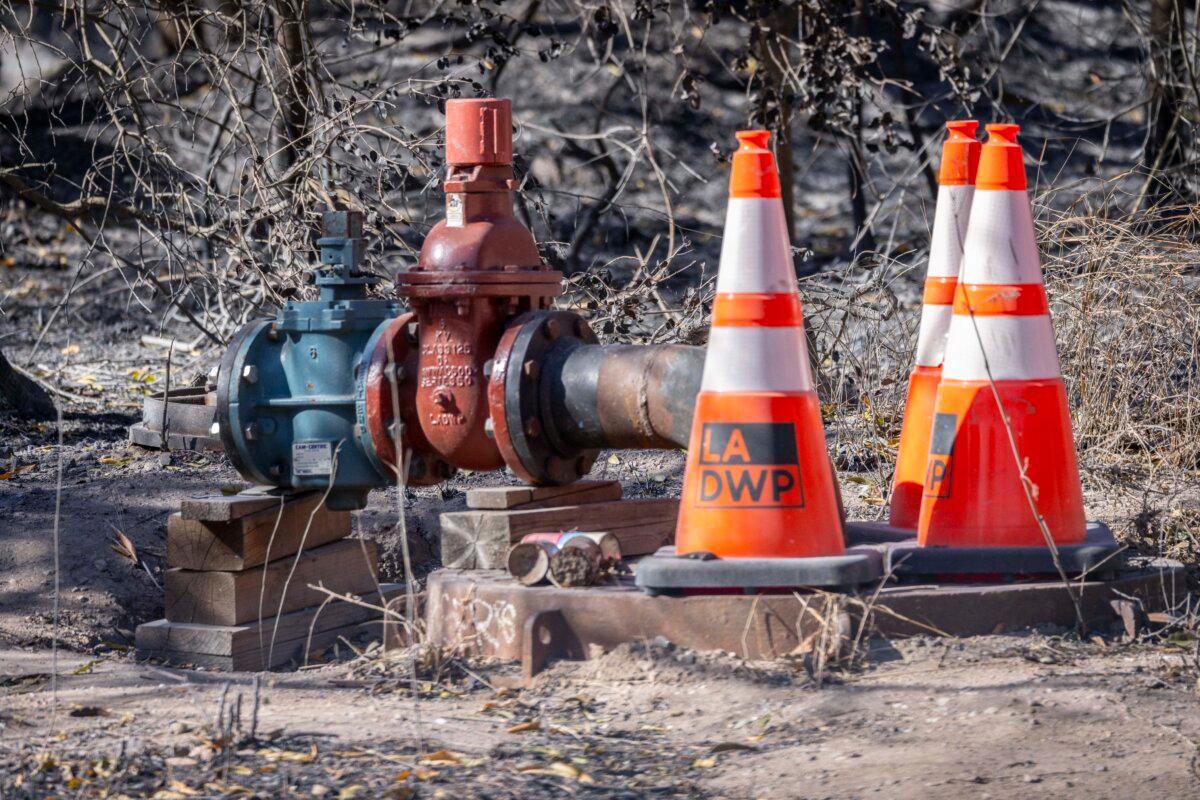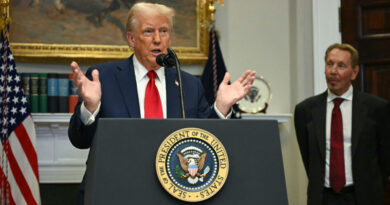California Governor Signs Executive Order to Capture Incoming Stormwater
A significant ‘atmospheric river’ is anticipated to strike Northern California beginning this Friday.
On January 31, California Governor Gavin Newsom instructed the state’s water resources agency to explore ways to maximize water storage in preparation for the stormwater expected from the upcoming “atmospheric river” event.
This executive order seeks to facilitate the diversion and storage of water arising from incoming winter storms, including the heavy rain predicted for Northern California starting Friday.
According to the National Oceanic and Atmospheric Administration, atmospheric rivers are elongated, narrow segments of water vapor in the atmosphere that convey moisture from tropical regions.
“Now more than ever, it is essential that we seize every opportunity to replenish our groundwater reserves,” Newsom stated in a press release. “As we prepare for rain and snow across Northern California, we are committed to maximizing every drop to enhance our water supply for communities and agricultural lands throughout the state.”
By capturing this water, Newsom remarked that the state would be establishing a “literal rainy day fund” aimed at aiding residents in overcoming drought and preparing for future challenges.
The order instructs the California Department of Water Resources to take “all feasible and appropriate action” to enhance the diversion of excess water that may become available from the expected winter storms and redirect it to storage, particularly to the San Luis Reservoir, as per the executive directive.
Additionally, the governor mandated that the water resources department, the State Water Resources Control Board, the Natural Resources Agency, and the state’s Environmental Protection Agency identify and eliminate, if possible, any barriers impeding efforts to divert and store this water.
The initiative also enables greater water storage in state reservoirs and assists in replenishing underground aquifers, Newsom noted.
In anticipation of the storm, Newsom is deploying state resources and thousands of personnel, including swift water rescue teams and firefighting units, across Northern California.
The ongoing water challenges that California residents have faced for years became all the more severe during the devastating fires in the Los Angeles area.

The perimeter of the Santa Ynez Reservoir sits in view of buildings destroyed by the Palisades Fire near Los Angeles on Jan. 13, 2025. John Fredricks/The Epoch Times
At the time of the fires, the Santa Ynez Reservoir in the Pacific Palisades region, designed for such emergencies, was offline for maintenance and was empty.
“I am requesting an independent review of the loss of water pressure at local fire hydrants and the alleged unavailability of water supplies from the Santa Ynez Reservoir,” Newsom posted on the social media platform X on January 10.
Newsom faced criticism from President Donald Trump prior to his visit to the Palisades and Eaton fire-affected areas this month.

President Donald Trump, followed by First Lady Melania Trump, shakes hands with California Gov. Gavin Newsom upon arrival at Los Angeles International Airport in Los Angeles on Jan. 24, 2025, to visit the region devastated by the Palisades and Eaton fires. Mandel Ngan/AFP via Getty Images
State officials clarified that the military did not operate in California; rather, federal representatives turned on a federal water-pumping facility in Northern California following a brief maintenance shutdown.



